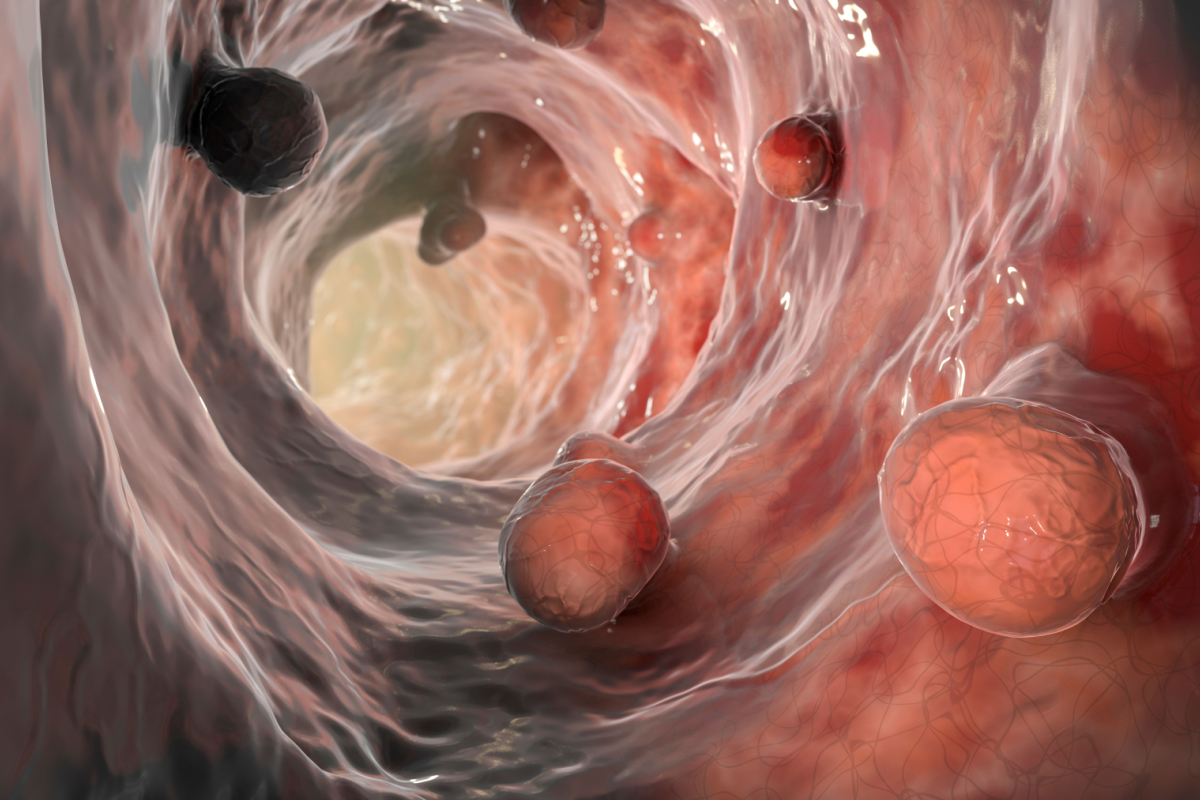A new oral pill could help clinicians more accurately identify cancerous breast tissue during routine screening. The pill contains a fluorescent dye that binds to cancer cells and fluoresces when exposed to near-infrared light.
Breast cancer is second only to skin cancer as the most common form of cancer in women in the US. Estimates suggest that 246,000 women will be diagnosed with an invasive form of breast cancer this year alone.
Screening programs for breast cancer have made a significant impact on early detection rates. As a result, breast cancer disease rates have been in steady decline since 1989. The screening technique – known as a mammogram – involves taking an X-ray of the breasts to better visualize tumors which cannot be diagnosed based on touch alone.
While mammography is an important tool for early diagnosis of breast cancer, the technology does have its pitfalls. Mammograms are incapable of identifying which tumors are benign and which are malignant, leading to generation of false-positive results.
“Screening can potentially catch the disease early in some patients, but false-positives can lead to unnecessary, aggressive treatments in patients who don’t need them,” said Dr. Greg Thurber, a researcher on the study from the University of Michigan. “We don’t know how to select the right patients to treat. Our work could help change that.”
Thurber and his team have designed a pill containing a fluorescent compound that preferentially binds to breast cancer cells and their associated blood vessels. When exposed to near-infrared light the dye fluoresces, thereby distinguishing any tumor cells from the surrounding healthy breast tissue.
In experiments with mice models of breast cancer, the researchers found that approximately 50 to 60 percent of the dye was absorbed by the animals. The dye was also able to target and complex with only breast cancer cells, providing a high level of contrast between healthy cells and tumor tissue.
According to the researchers, this pill may be an especially effective screening tool for women with dense breast tissue, as their mammography results can often be difficult to interpret. While near-infrared light can only identify tumor fluorescence within the first one to two centimeters of breast tissue, the team says that ultrasound may make the technique more reliable for the detection of deeper tumors.
Based on the results of the animal studies, the researchers now plan to formulate a pill that’s safe for human consumption. They also hope to design the fluorescent dye to preferentially bind to aggressive tumors over non-invasive types of breast cancer, including ductal carcinoma. Though the pill may take years to be tested in human clinical trials, the dye used by Thurber and his colleagues already has regulatory approval for some indications in select European nations.












Join or login to leave a comment
JOIN LOGIN